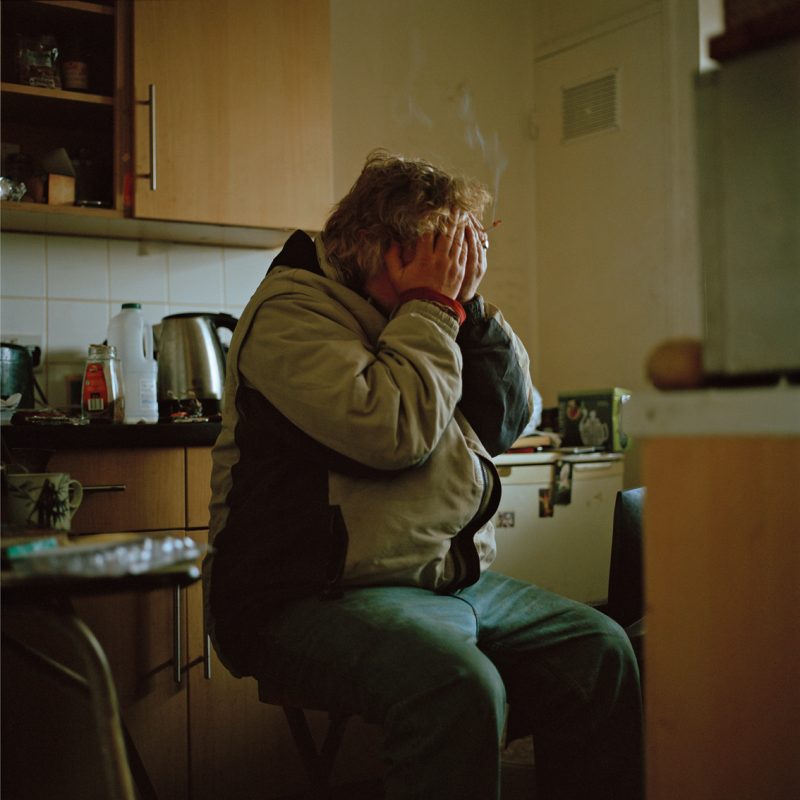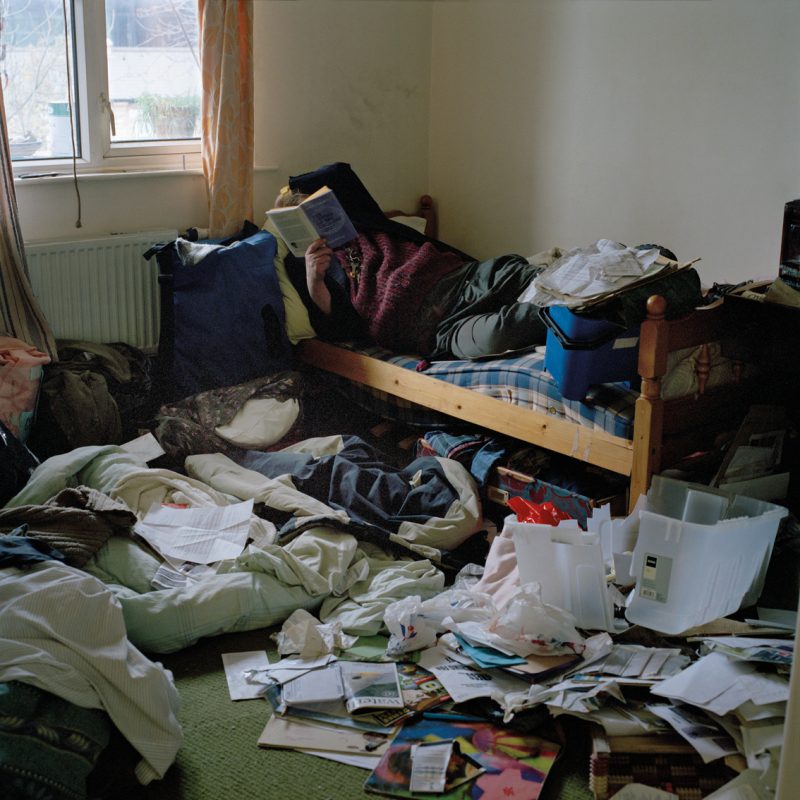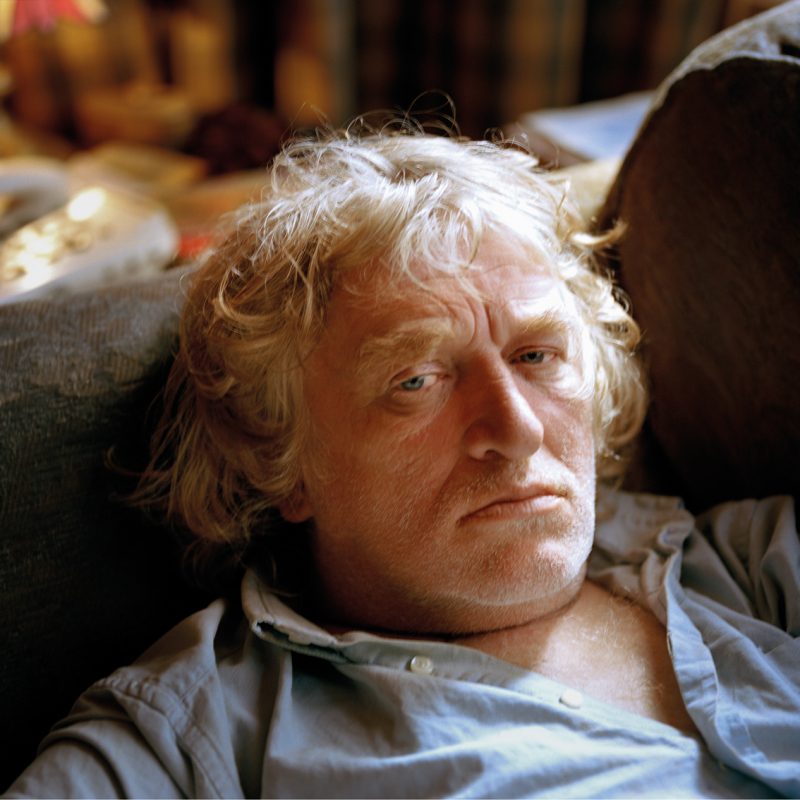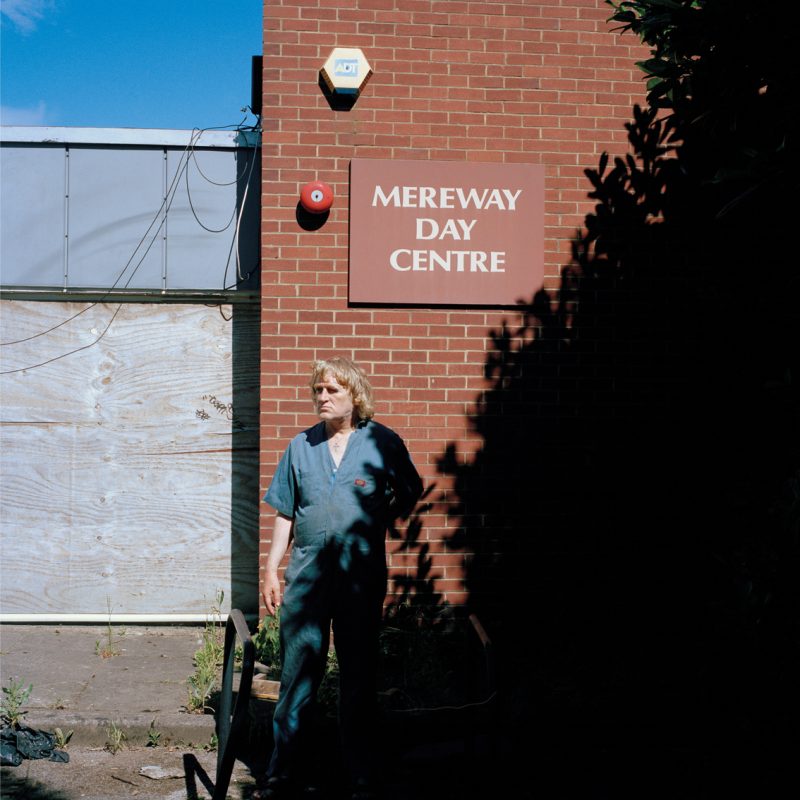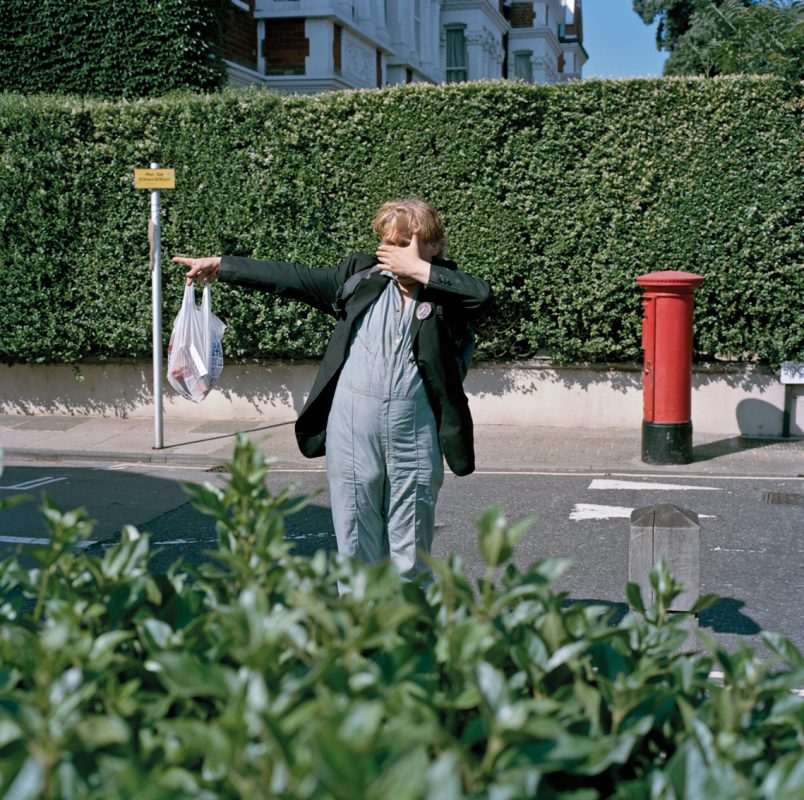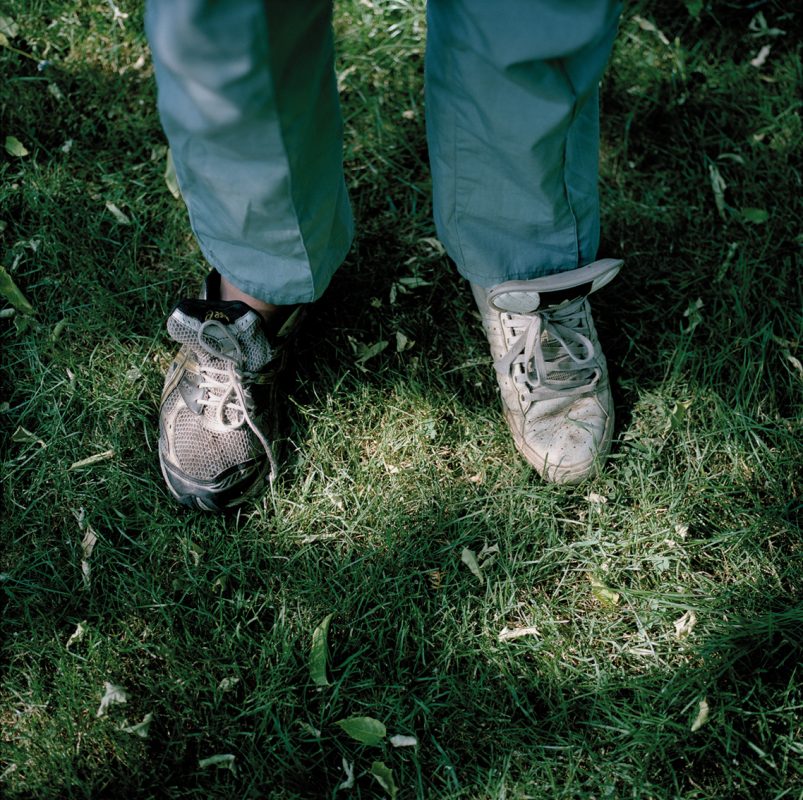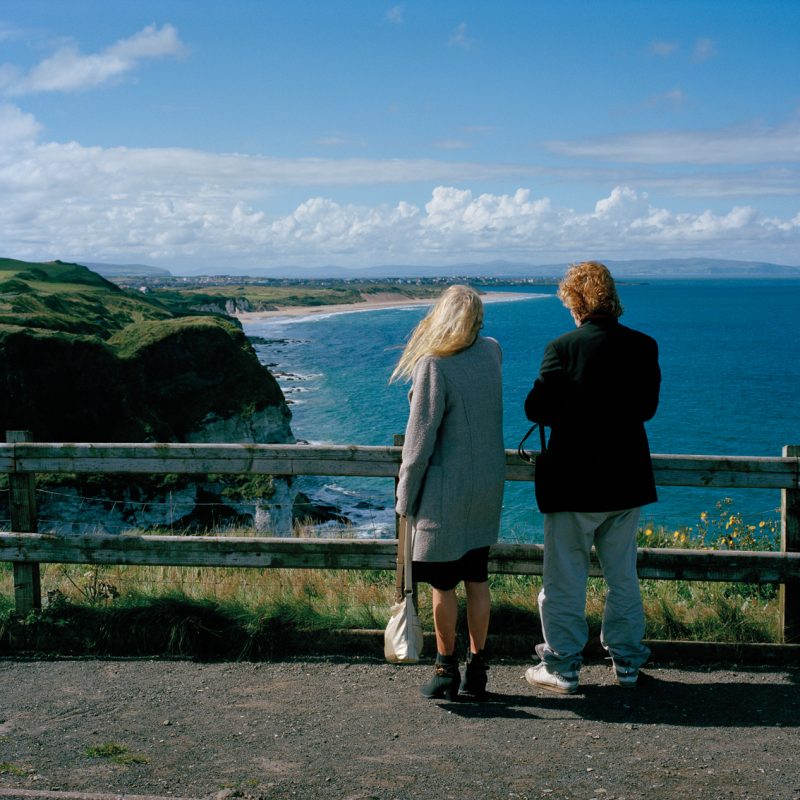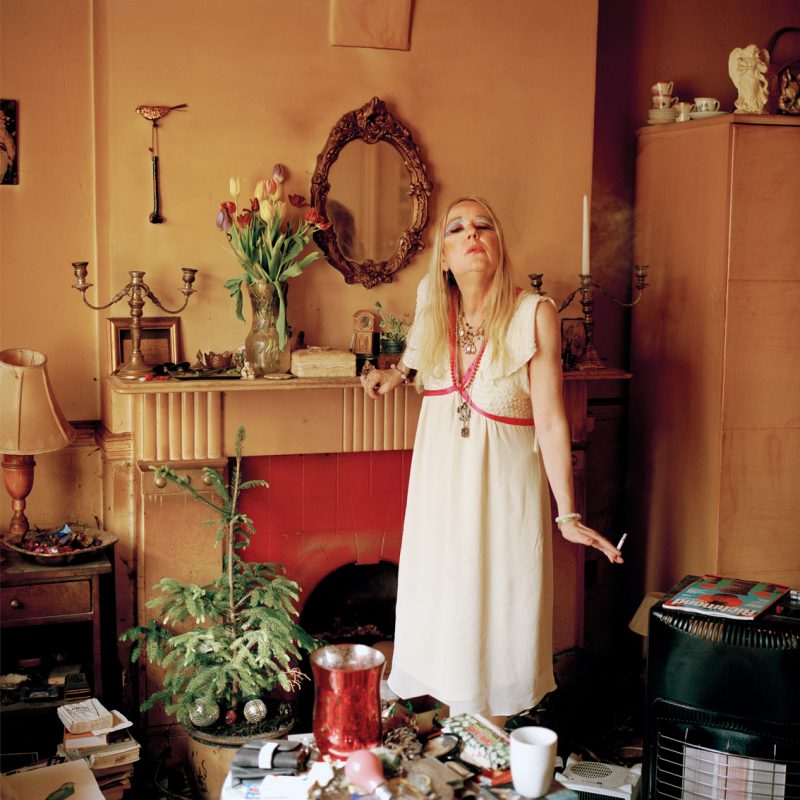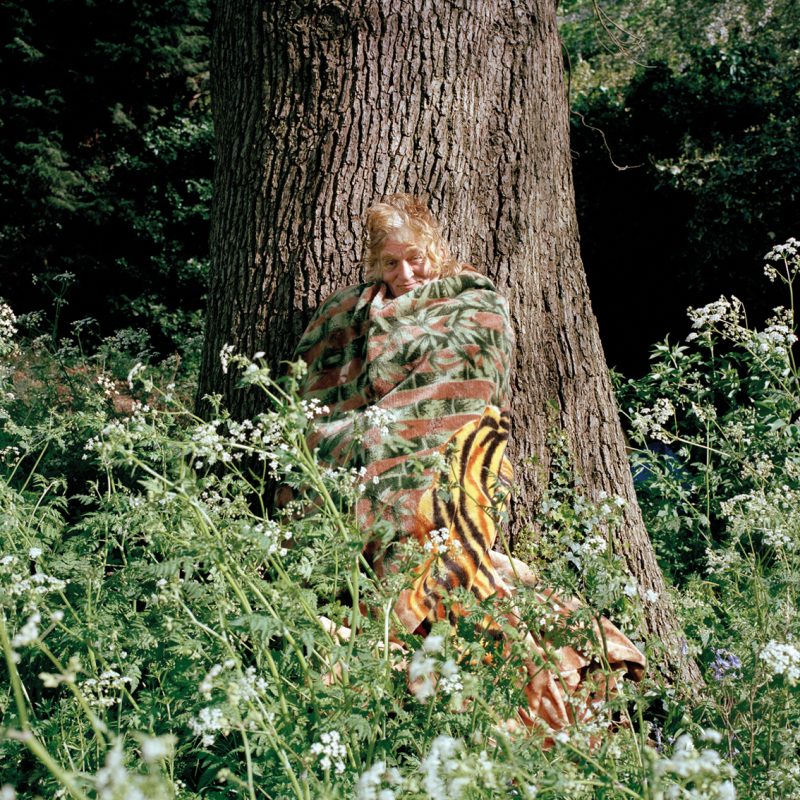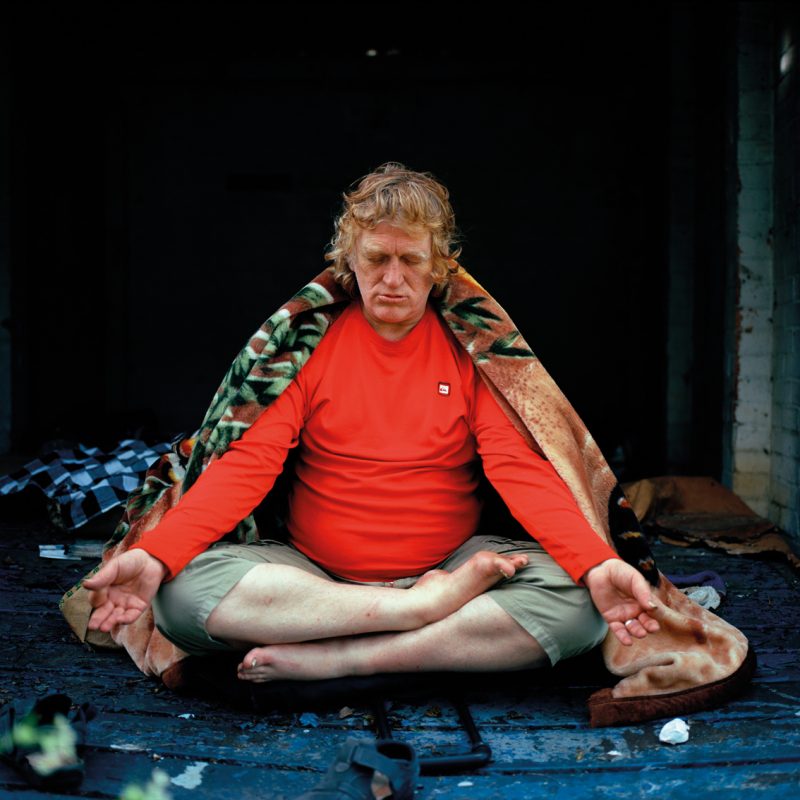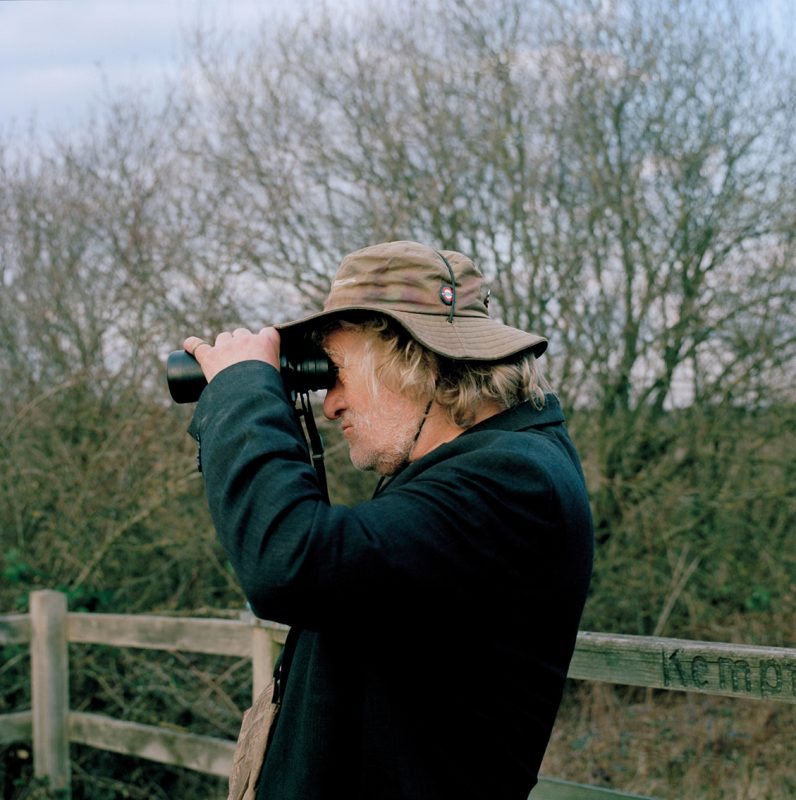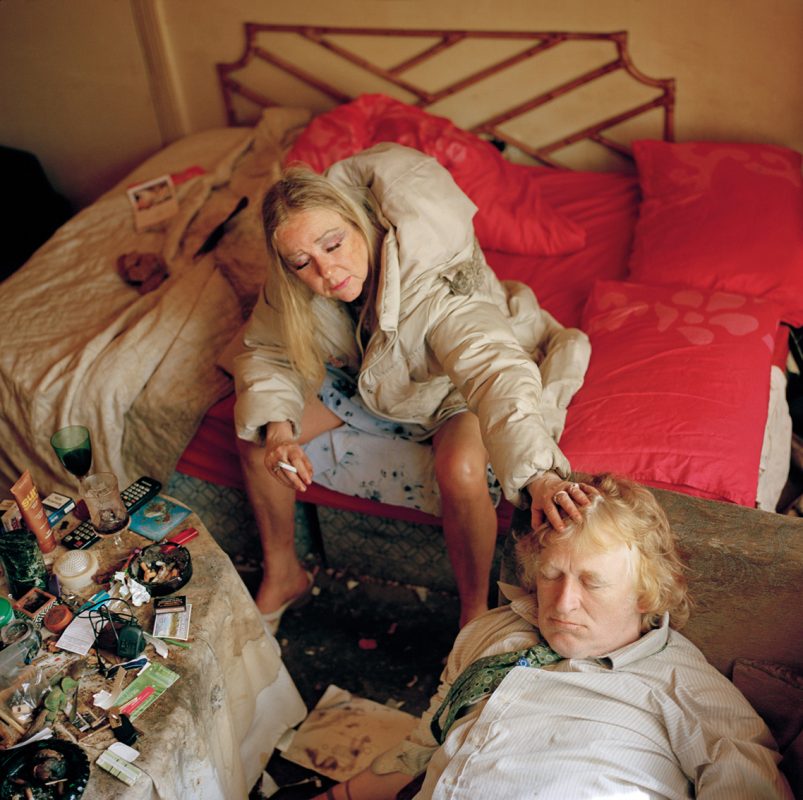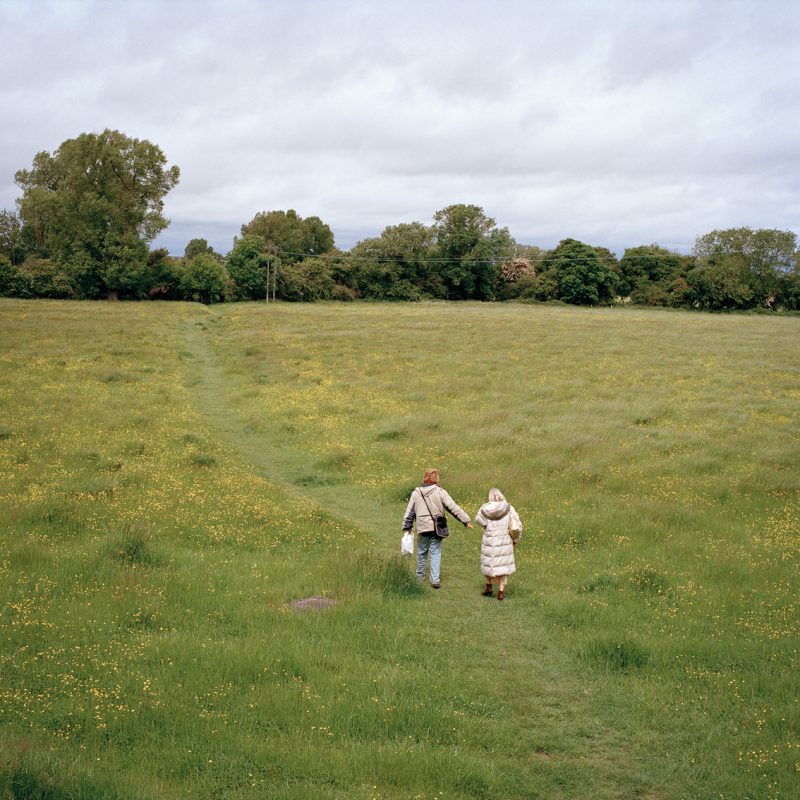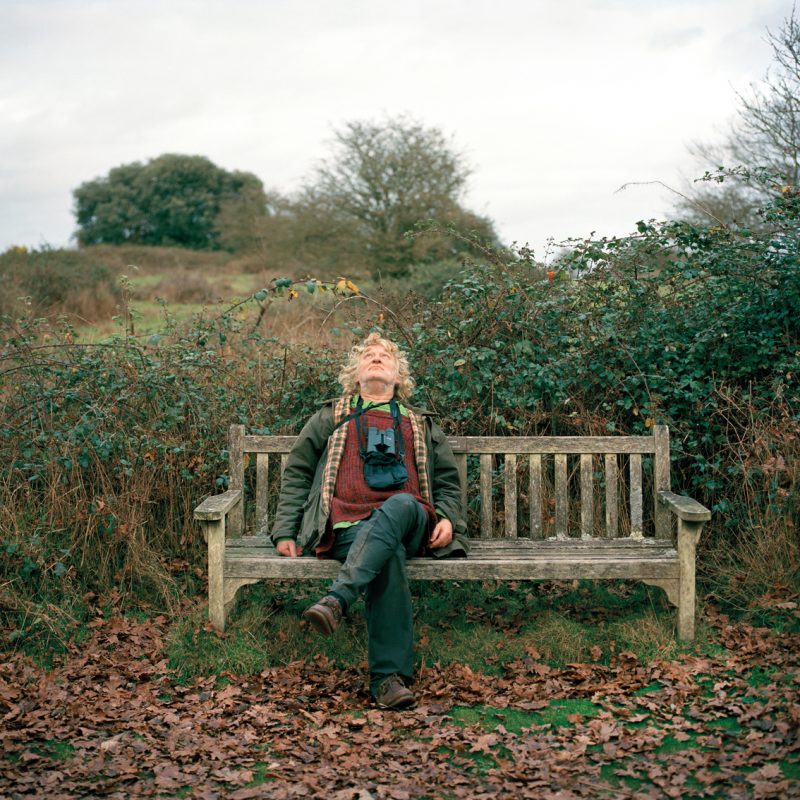Louis Quail
Big Brother
Book review by Alice Zoo
An aptronym is a name that is amusingly suited to the person who wears it. For example: Justin Quail loves birds. A keen birdwatcher, he spent his adolescence hitching and twitching up and down from south England to Scotland, only to turn back again as soon as he’d seen and marked the bird he was searching for. But then: he also practices yoga and meditation, writes poetry, has a long-term girlfriend called Jackie, and is the subject of his brother, Louis’ debut book: Big Brother. Justin is an adult living with paranoid schizophrenia. As the photographs show, this condition is far from the whole story; like a name, one detail about a person can only reveal so much.
Louis Quail has spent the past eight years documenting Justin, the way he lives, his rhythms and his interests. The result is a book that sets out this study, interleaved with Justin’s own poems and artwork, dialogue between the two brothers, and inserts that range from birdwatching documentation, to social workers’ case notes and police reports. In one of the book’s few close-up portraits, a weary-eyed Justin looks up towards us from the end of a sofa. The colours are muted, and the light soft enough to give the image the gauzy effect of a painting: Justin, uncannily, resembles Rembrandt’s Self Portrait at the age of 63, that famous picture of human frailty. His expression is gruff, tired, almost intolerant; it is rare that photography is able to capture this kind of gaze, or that a photographer has the requisite intimacy with their subject – the requisite boldness – to record it on film. Quail’s tones throughout, in fact, recall Dutch Golden Age paintings, with warm, brick-like reds and yellows often throbbing in the frame. The approach is dignifying: Quail’s project demonstrates, again and again, that his brother and his brother’s partner are important subjects, worthy of sustained representation.
Justin’s girlfriend Jackie is depicted throughout the project, not as an accessory to the narrative, but as a full-blooded subject in her own right: her home, her elaborate, carnivalesque make-up, her drinking, smoking, and her shared experience with schizophrenia. Together, Justin and Jackie almost resemble one another: their dishevelled ease in one another’s company, and their reciprocal tolerance of the other’s caprices. Their twenty-year relationship has caused problems for both of them, to the point that, more recently, Justin has been incarcerated for various altercations after Jackie has called the police. Despite this, Quail asserts that Big Brother, at heart, is a love story – a portrait of two people’s bond, their “need to love and be loved.” The book follows them as they go on holiday to visit Jackie’s family in Ireland, and pictures of the couple are interspersed with gorgeous natural vistas, clean air, and archive pictures of Jackie as a young girl.
Photographers often turn to their families to make work, and projects documenting mental illness or personal strife are not uncommon. When making work of this nature, there can be a danger of falling too close to one of two poles: exploitative at the one end, or overly gentle or romanticising at the other. Quail is at risk of neither. The project is deeply tender and respectful, whilst at the same time presenting the chaos of his brother’s health without flinching or sensationalism. One image, for example, depicts Justin’s flat, the floor invisible beneath clothes, papers, other detritus. It takes a while, or a glance at the caption, to realise that Justin is there too, on the bed, his face obscured by a book he’s reading. He’s a part of the mess, which seems to grow out of him. An image that could be shocking instead becomes a picture of a person at leisure, surrounded by their environment. It is still disquieting, but the picture is anchored in a sense of reality and of personhood. A picture of Justin’s feet, each one wearing a different shoe, strikes the same careful balance: it is funny, sad, tender.
One reason for Quail’s documentary assuredness is his regret that he hadn’t photographed his mother, who also had schizophrenia, before she passed away in 2010. Photography throws up questions about power dynamics and vulnerability. Is it right to photograph somebody whose boundaries are blurred, who might, at times, be unsure of what they are consenting to? Ultimately, Quail explains that he is now “inclined to think that being ignored is worse than being intruded upon.” And what function does ignorance serve, in any case? Only a society that turns away from those who don’t meet its expectations, that gathers them all in a monolith of non-functionality. Besides, Big Brother is a collaborative work. The book is peppered with Justin’s commentary on the images; his consent, input, and active engagement are writ large, not least in the inclusion of his own artwork: watercolours and pencil drawings of himself, the birds he loves, a man who had him arrested. And Justin instigates boundaries where necessary. At one point, he won’t reveal the age he lost his virginity, “cos it’ll end up in the book.” In all these ways, Quail walks a confidently sensitive line throughout.
Another of the great successes of the work is its sense of humour. Quail’s inclusion of his own voice, in dialogue with Justin and Jackie, is indicative of the good-natured kind of teasing common to any sibling relationship. At one point, Justin describes being “good at the lottery,” having won £5 from £20 worth of scratch cards. Louis responds: “That’s not really that good though is it, Justin?” The photographs often have the same lightness of touch. In a picture at the doctor’s, Justin’s hands are over his face; we take in the quiet drama of the scene for a moment, before we notice that a small top hat is perched on the table next to him, unexplained.
The book moves neatly through Justin’s childhood and adolescence, to the revelation of his mental illness, then his hobbies, his relationship, a holiday, and the crisis point of his self-harm and string of arrests. At times, I wonder if the structure is too neat; if it leans too close to the temptation to narrativise a life which is still ongoing, to organise it into some kind of arc. One thing that Justin’s story demonstrates is how chaotic life can be, how hard it is to make it fall into a pattern – mental health conditions aside – and I wonder if the structure of the book might be strengthened if it reflected this, if it were less straightforward. Despite the tidiness of its storied presentation, though, it is not simplistic: it doesn’t suggest easy answers to the governmental and structural failures that worsen or problematise the lives of people like Justin and Jackie, instead provoking questions about the ways we discuss mental illness, support for the vulnerable, and the balance to be struck between ‘care and control,’ as Quail puts it in the epilogue.
We’re told the book is a love story. Quail depicts his brother’s love for his girlfriend, for his health, for the birds he watches, for nature. All of these things, heaped together over time by the camera, tell us so much more than Justin’s name or his diagnosis could; years spent together coalesce into a rich and aptly fragmentary story of a person in his fullness. However, one thing to which Quail does not draw explicit attention, and which is, perhaps, the most striking kind of love of all, is that fraternal love evidenced by the photographer’s documentation itself. Quail’s concern for his brother, and his dedication – not only to Justin’s support and survival but his enjoyment of life, his ability to live well and fully, and his wish to tell his story – underwrite the narrative. All the while, Quail is there, watching over him. In the last photograph in the book, Justin strides out across a field with his binoculars, hunting for a glimpse of the birds he loves so much, and reaches a hand out behind him for Jackie, who follows him. A short way back, Quail is there too, taking pictures of it all, committing the life of his brother to film, and saving it up for this labour of love: a book. ♦
All images courtesy of the artist and Dewi Lewis Publishing. © Louis Quail
—
Alice Zoo is a photographer and writer based in London, working with national and international publications such as BBC News, the British Journal of Photography, and the Washington Post. She is also a freelance photo editor at the FT Weekend Magazine, and co-founder of Interloper magazine.

